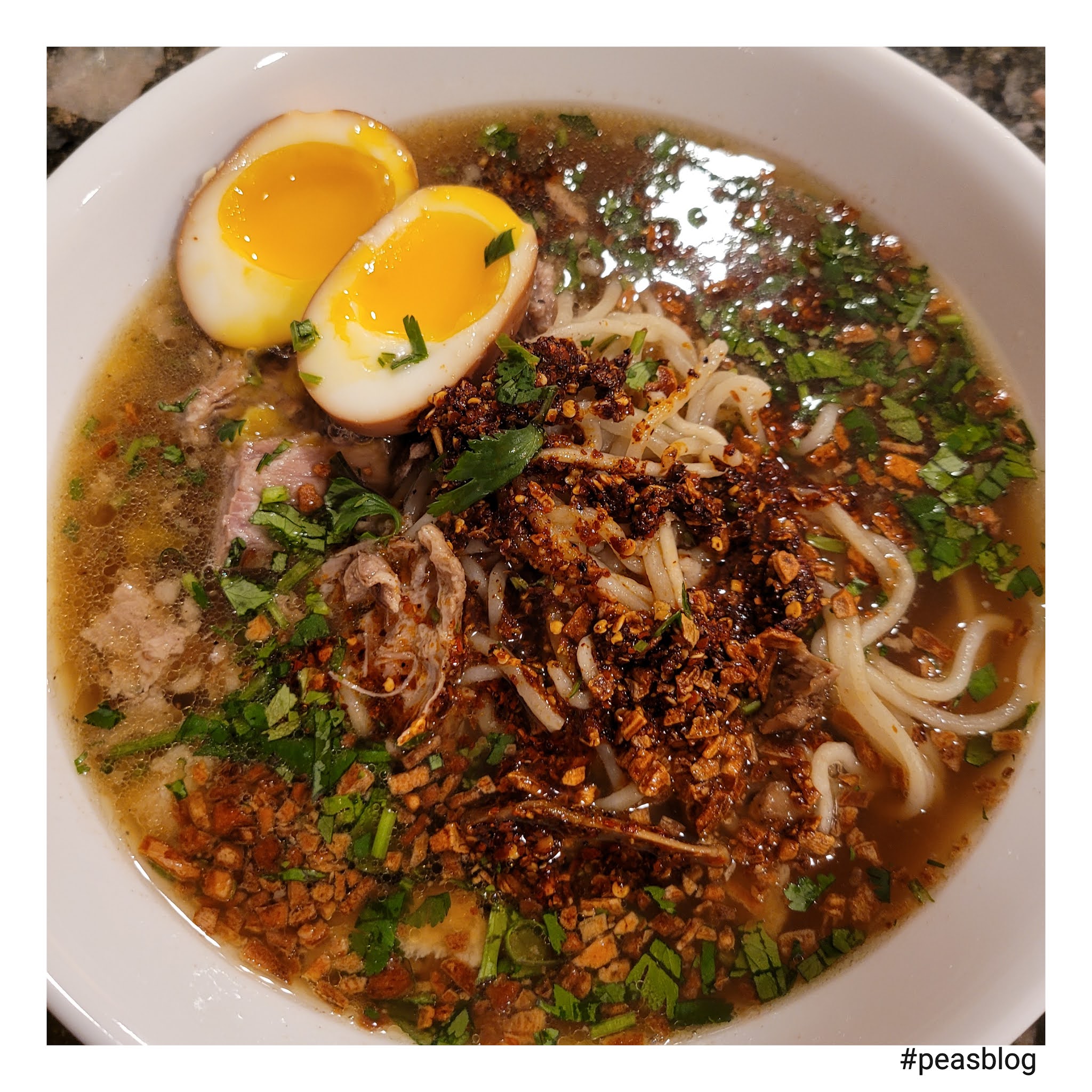The Hidden Dangers Of Ramen Noodle Infection
Ramen noodles are a beloved staple in many households around the world, cherished for their convenience and versatility. However, recent reports have shed light on a concerning issue: ramen noodle infection. This alarming phenomenon refers to the potential health risks associated with improperly prepared or contaminated ramen noodles, which can lead to serious gastrointestinal illnesses. As the popularity of ramen continues to rise, it is crucial to understand the risks involved and how to protect yourself from this hidden danger.
In an era where quick meals dominate our busy lives, ramen noodles often emerge as the go-to option for a fast and satisfying meal. But what many people may not realize is that the very convenience of these noodles can sometimes come at a cost. Ramen noodle infection can arise from various factors, including poor hygiene practices during preparation, contamination during manufacturing, or even improper storage. As we delve into this topic, we aim to uncover the truth behind ramen noodle infection, its causes, and how to safeguard your health.
As consumers, we have a right to know what we are putting into our bodies. With the increasing demand for ramen noodles, it is essential to be aware of the potential health risks associated with them. This article will explore the various aspects of ramen noodle infection, share expert insights, and provide practical tips to ensure your ramen experience is both enjoyable and safe. Let’s navigate this crucial topic together, as we uncover the hidden dangers lurking in our favorite noodle dish.
What Exactly is Ramen Noodle Infection?
Ramen noodle infection refers to a variety of gastrointestinal illnesses that can stem from consuming contaminated or improperly prepared ramen noodles. These infections can result from various pathogens, including bacteria, viruses, and parasites. The most common culprits associated with ramen noodle infection are:
- Salmonella
- Escherichia coli (E. coli)
- Listeria monocytogenes
- Norovirus
How Do Ramen Noodles Become Contaminated?
There are several ways in which ramen noodles can become contaminated, leading to potential infections. Understanding these pathways is crucial for safe consumption:
- Manufacturing Process: Contamination can occur during the production of ramen noodles, particularly if hygiene standards are not adhered to.
- Preparation Methods: Poor kitchen hygiene, such as unwashed hands or contaminated utensils, can transfer pathogens to the noodles.
- Storage Conditions: Storing ramen noodles in damp or unclean environments can promote the growth of harmful bacteria.
What Symptoms Should You Look Out For?
Individuals who contract a ramen noodle infection may experience a range of symptoms, which can vary in severity. Common symptoms include:
- Nausea
- Vomiting
- Diarrhea
- Abdominal cramps
- Fever
In some cases, symptoms can escalate to more severe complications, particularly in vulnerable populations such as the elderly or those with compromised immune systems. If you suspect you have contracted a ramen noodle infection, it is crucial to seek medical attention promptly.
How Can You Prevent Ramen Noodle Infection?
Prevention is key when it comes to protecting yourself from ramen noodle infection. Here are some tips to ensure safe consumption:
- Wash Your Hands: Always wash your hands thoroughly before handling food.
- Check Expiration Dates: Ensure that the ramen noodles you purchase are within their expiration date.
- Store Properly: Keep ramen noodles in a cool, dry place to prevent mold and bacteria growth.
- Cook Thoroughly: Follow cooking instructions carefully to ensure noodles are properly cooked.
Is Ramen Noodle Infection Common?
While ramen noodle infection is not as common as other foodborne illnesses, cases do occur. The Centers for Disease Control and Prevention (CDC) reports that outbreaks related to noodle dishes have been documented, primarily due to mishandling during preparation or contamination. Awareness and education are essential to reducing the number of infections related to ramen noodles.
What Should You Do If You Suspect an Infection?
If you experience symptoms associated with ramen noodle infection, it is important to take the following steps:
- Stay hydrated by drinking plenty of fluids.
- Rest and avoid solid foods until symptoms improve.
- Consult a healthcare professional for advice and possible treatment.
Can Ramen Noodles Be Safe to Eat?
Yes, ramen noodles can be safe to eat when proper food safety measures are followed. By being mindful of hygiene, storage, and preparation practices, you can minimize the risk of infection and enjoy your favorite noodle dish without worry. Additionally, selecting high-quality brands that prioritize food safety can further reduce the chances of contamination.
Conclusion: Enjoy Ramen Responsibly
Ramen noodles are a delicious and convenient meal option, but awareness of the potential risks associated with ramen noodle infection is essential for safe consumption. By understanding how these infections occur and taking preventative measures, you can continue to enjoy ramen with peace of mind. Always prioritize food safety practices and stay informed about the latest health guidelines to keep your noodle experience enjoyable and free from the hidden dangers of ramen noodle infection.
Nichol Kessinger Now: Unraveling The Mystery Of Her Life Post-Tragedy
Did The Hensel Twins Die? Unraveling The Truth Behind Their Story
Exploring The Life Of Aria Shahghasemi's Wife


